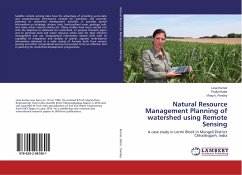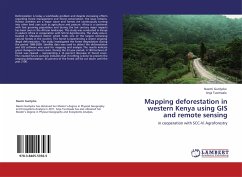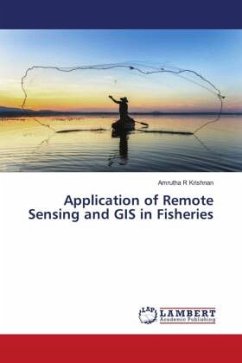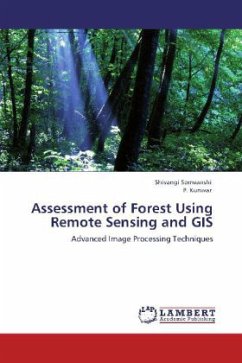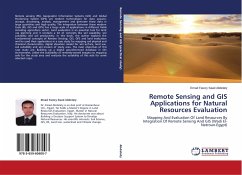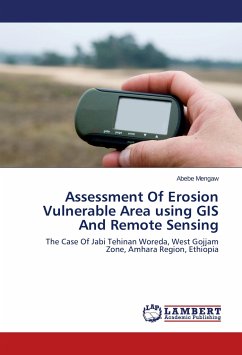The study aimed at estimating runoff and sediment yield by using remote sensing and GIS techniques in catchment. Thematic layers of soil, topographic elevation, slope, land use/land cover (LULC) were generated in GIS platform by using existing soil map, SRTM DEM, and IRS-P4 satellite imagery. The GIS-based soil map was used to develop hydrologic soil group (HSG) map of the study area. HSG and LULC maps were used to generate curve number (CN) map in the GIS environment. Weighted CN value under antecedent moisture condition (AMC) type I, II and III for catchment was computed based on the GIS-based CN map, which were used to compute annual surface runoff. Furthermore, GIS-based maps of six USLE model factors, R, K, L, S, C and P, were generated. Raster maps of the six USLE factors were multiplied to estimate sediment yield on pixel basis.
Bitte wählen Sie Ihr Anliegen aus.
Rechnungen
Retourenschein anfordern
Bestellstatus
Storno


